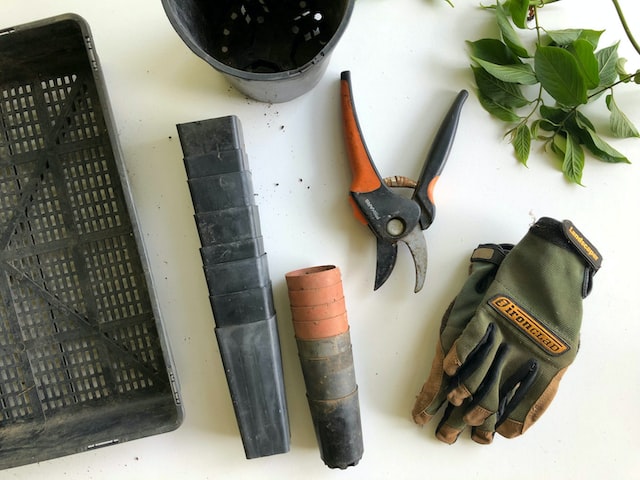How To Save Serious Money On Your Grocery Bills
It’s a joy to be able to keep your own healthy and beautiful garden. Not only for a beautiful view but also to provide you with a multitude of options for delicious fruit and vegetables.
Growing your own produce is both personally satisfying and a cheaper option than always buying what’s in stores.
When deciding what to grow in your garden, many people often fall back on the basics, Apples, Carrots, cauliflower, etc.
This is, of course, fair enough; those all make wonderful additions to a great stock of fruits and veggies; however, this article will hopefully help you with a few more options on money savers.
Why Growing Your Own Is Cheaper.
In the current climate, many fruits and vegetables are at an increased price due to their need to be handpicked, such as blueberries and raspberries all the way to prunes and dates.
These high prices are the perfect reason to start growing your own this year. The added benefit is the sense of accomplishment you’ll have with a thriving patch of healthy goodies growing in your garden.
What Vegetables Are Easy To Grow?
Runner beans – As long as your soil is nice and fertile, runner beans will thrive if planted in a deep spot with plenty of sunlight.
Strawberries – Raised beds and containers are just as good for growing juicy strawberries as directly in the soil, ensure they get at least 8 hours of sun in the soil of a P.H around 5.5, and they should require little maintenance after that.
Rhubarb – Avoid growing in patches of soil prone to frost and hardening; Rhubarb does best in moist but well-draining soil in the Autumn months, and as long as it’s kept that way, it will hopefully crop for several years.
Gooseberries – A brilliant addition to a garden, used in jams and pies and highly versatile to boot; while they most definitely have their preference for moist soil and a lot of sun exposure, they will at least tolerate a wide range of soils and partial shade.
Tools And Tricks For Keeping Your Veggies Healthy

Photo Credit: Unsplash
Life would be wonderful if all the work could be done on us first try; however, anything worthwhile takes care and effort.
And so, while the products listed above take little maintenance in itself, a vegetable or flower bed or a spread of fruits takes tending to.
Of course, you’ll need the tools of the trade to even get started. Trowels and Shovels are a must for digging all your soil, especially spots where you intend to plant.
As well as breaking up clumps of soil, removing weeds and transplanting seeds. A good rake is also extremely helpful to keep all your soil smooth and level. Watering cans are most certainly a necessity.
Furthermore, a garden hose or automatic sprinkler makes keeping your plants well-watered, well easy.
These are the must-haves of starting your own garden, although it certainly pays to invest further into things like gloves, kneeling pads, and a wheelbarrow.
Just to make everything more comfortable and efficient. Avoid knee trouble, back pains, and hand cuts altogether.
Dealing With Weeds In Your Garden

Photo Credit: Pixabay
Of course, there’s also the threat that every gardener should be wary of. Weeds. There are a few methods for keeping your garden clear from strangling weeds.
One of the most prominent is to buy a weed fabric barrier. There are many different types you can purchase.
Many of them follow the same basic design, covering your vegetable beds enough to stunt weed growth but still allowing for easy sunlight and watering.
And if you prefer a natural repellent, mulching is a weed barrier that uses materials such as newspaper, wood chips, or pine straw for an eco-friendlier way to defend your produce from the encroaching forces of weeds and the pests they attract.
About The Author:
Stacey Smith is a freelance health writer. She is passionate to write about women’s health, dental health, diabetes, endocrinology, and nutrition and provides in-depth features on the latest in health news for medical clinics and health magazines.
Comments are closed.